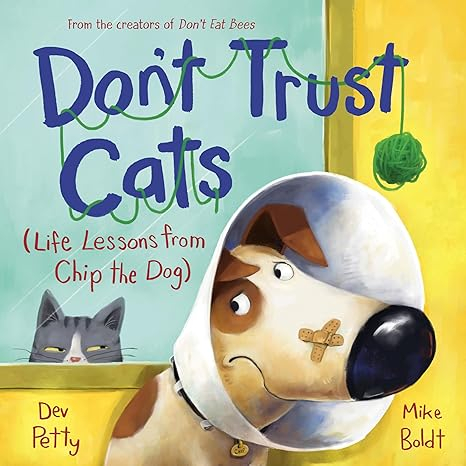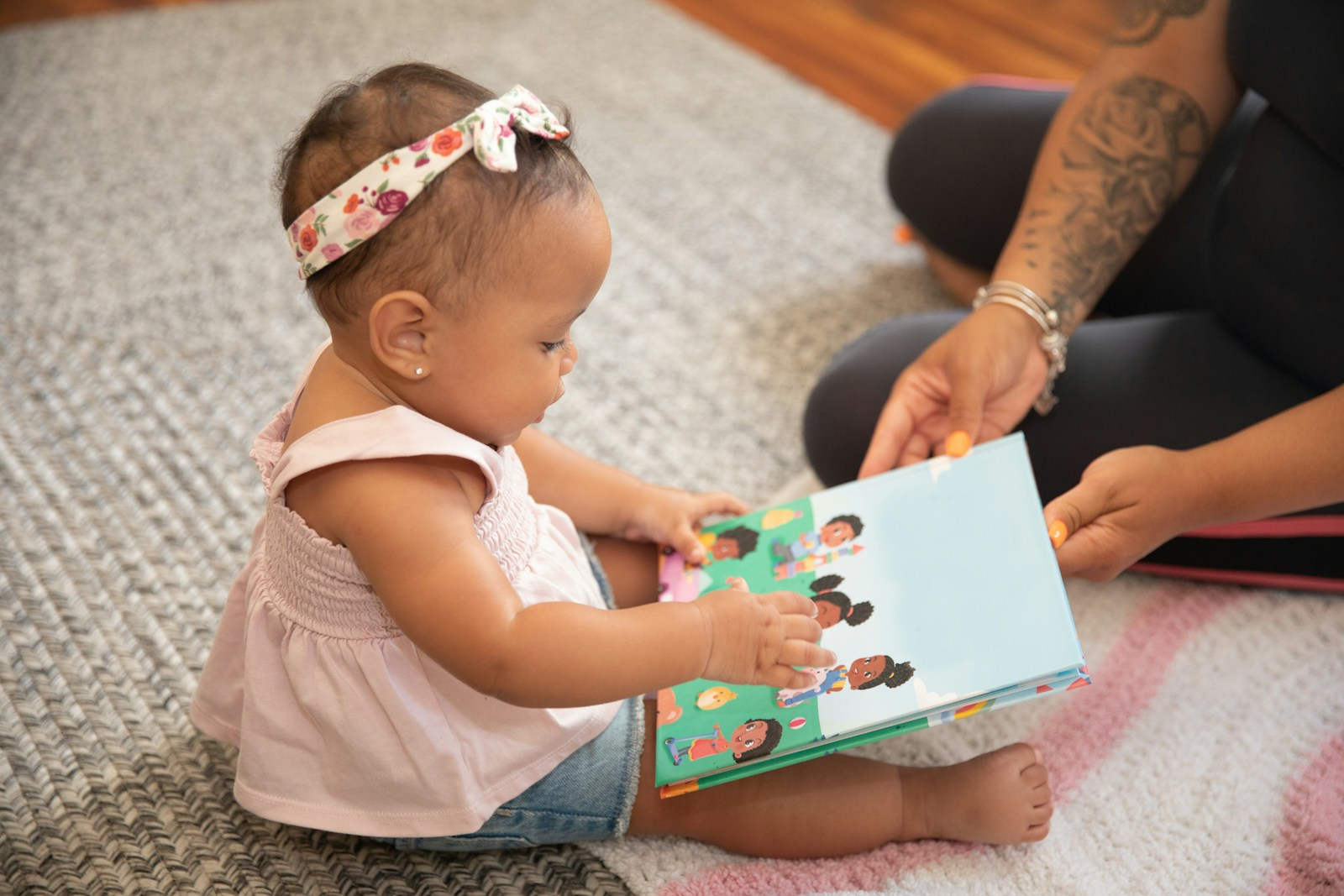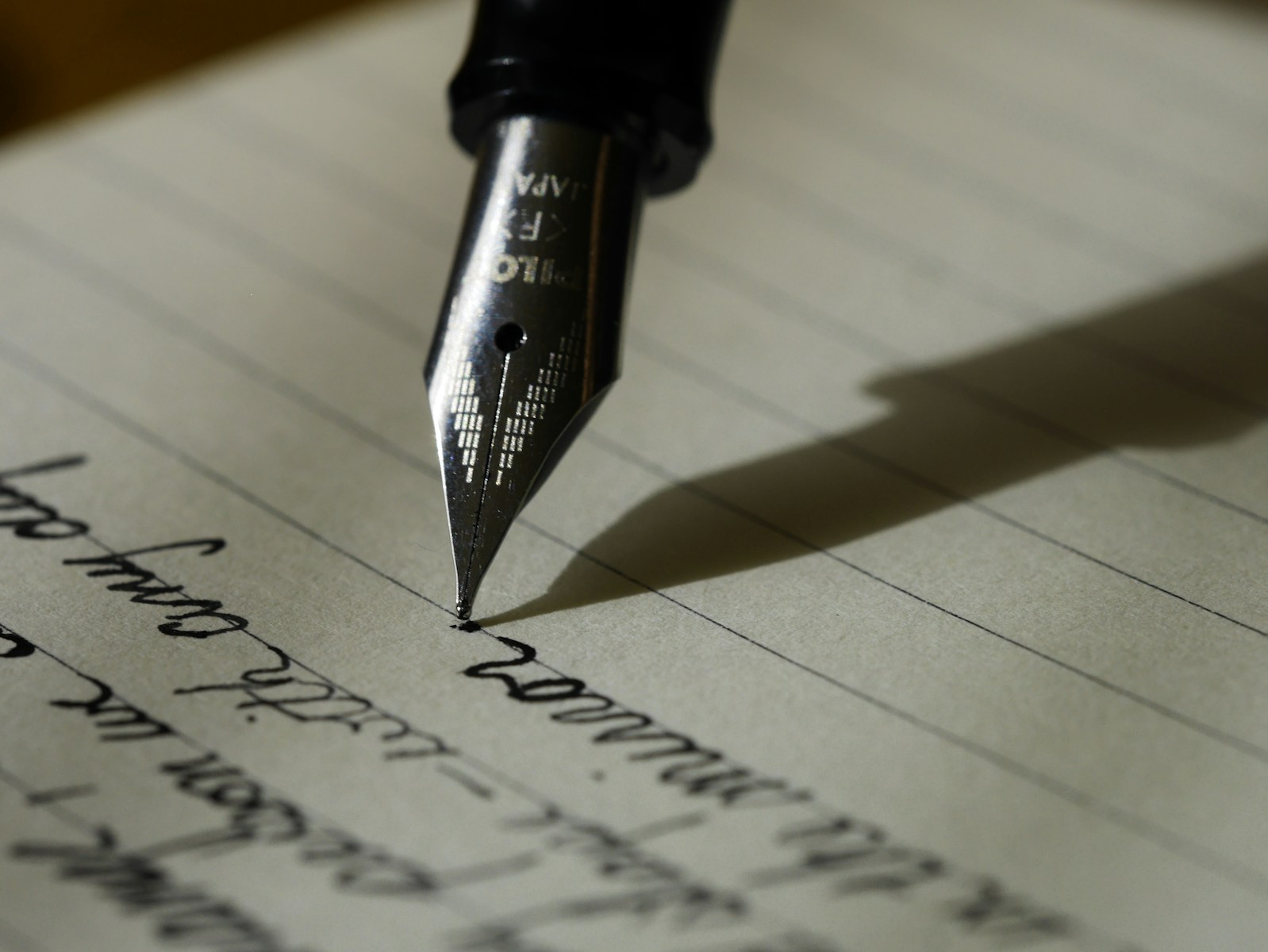Humor mistakes to avoid—and what really makes kids laugh
Let’s face it: writing funny picture books is a tightrope act. Lean too far into the joke, and you risk sounding like you’re trying too hard. Stay too safe, and the humor falls flat. Plus, though some humor is universal, funny=subjective.
So how do you hit that sweet spot—the one where kids giggle uncontrollably, adults genuinely laugh, and no one rolls their eyes? The answer lies in understanding the right kind of funny for picture books—and knowing the humor traps to avoid.
The Trap of “Trying Too Hard”
You’ve seen it. A character slips on a banana peel for the fourth time, or the narration is jam-packed with puns that only a dad (OR a mom!) could love. These moments often feel forced because the humor is shouting, “LOOK HOW FUNNY I AM!” rather than serving the story.
One common mistake is putting the joke above the character. When every line is a punchline, readers lose connection with the story and the emotional heart. Another pitfall? Writing to impress adults instead of entertaining children. Sure, a clever turn of phrase can delight parents reading aloud, but if it’s too complex, it’ll fly right over a child’s head. It needs to reach multiple levels.
So What Does Make Kids Laugh?
Humor in picture books works best when it bubbles up naturally from character, situation, or surprise. Let’s look at three recently published books that absolutely nail the funny—without trying too hard.
Don’t Trust Cats (Life Lessons from Chip the Dog) by Dev Petty, illustrated by Mike Boldt
Chip the Dog has very strong opinions—especially about cats. In this hilariously narrated cautionary tale, Chip offers kids his top-notch advice (whether they want it or not). What makes this book funny isn’t just the silly premise—it’s the voice. Chip is so over-the-top sincere that his misguided logic becomes the humor.
Why it works:
-
The dog’s perspective is taken completely seriously, creating unintentional comedy.
-
The illustrations add a layer of irony that plays against the text.
-
It’s not trying to land jokes—it’s funny because Chip truly believes what he’s saying.
I Am a Dragon! by Sabina Hahn
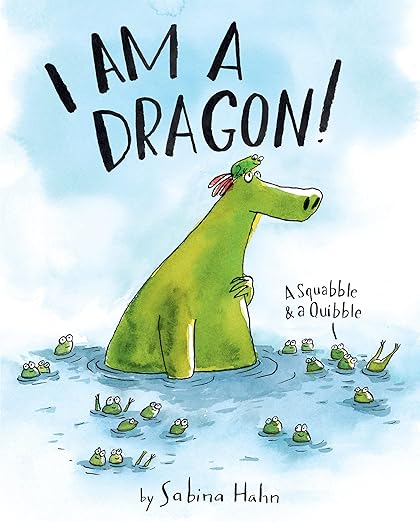
In this clever twist on mistaken identity, a tiny lizard insists—loudly and stubbornly—that he is, in fact, a dragon. This little guy’s determination leads to big laughs, especially when his actions (and size) completely contradict his fierce self-image.
Why it works:
-
The humor comes from contrast: big personality, small package.
-
Kids love exaggerated confidence in characters—especially when the world doesn’t agree.
-
The visual comedy enhances the deadpan dialogue.
My Head Has a Bellyache by Chris Harris, illustrated by Andrea Tsurumi
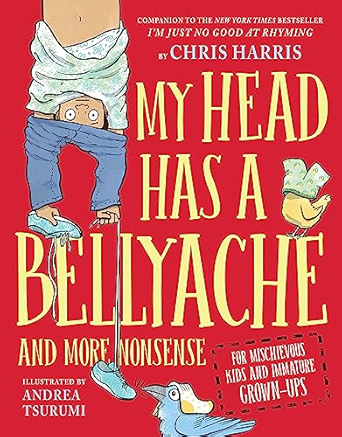
This inventive and unexpected poetry collection includes laugh-out-loud poems, riddles, and drawings that break the fourth wall and surprise at every turn. It’s smart and silly, layered with wordplay that kids actually get.
Why it works:
-
The humor is playful, not preachy. No one likes to be lectured.
-
It invites kids to interact with language and structure in fun, subversive ways.
-
The absurdity is balanced by rhythm and emotional truth.
Strategies for Writing Funny Without Forcing It
1. Let your character be the joke, not tell the joke.
Funny characters don’t always need punchlines—they just need clear, exaggerated traits. A character who takes everything literally or always misinterprets instructions will naturally lead to funny moments without one-liners.
2. Use visual humor.
In picture books, what’s seen is just as important as what’s said. Trust your illustrator to carry part of the comedy load. Think of Don’t Trust Cats—the text is deadpan, the images tell a different story. That disconnect is gold.
3. Remember that repetition + variation = funny.
A silly refrain that changes slightly each time keeps kids engaged and anticipating the twist. This rhythm can generate a lot of laughter, especially during read-alouds.
4. Avoid trying to sound “cool” to kids.
Children can smell desperation. Slangy dialogue or too-trendy jokes feel fake fast. Let the humor grow from your story world, not pop culture.
5. Break expectations in surprising ways.
A dinosaur who’s afraid of fossils. A superhero who faints at the sight of a juice box. Flip the obvious to get a funny that feels fresh.
6. Trust your reader.
Kids are smart. They enjoy figuring things out, spotting the visual gag, or being in on the joke. You don’t need to explain every funny moment—let them discover it.
Final Thought: Funny Doesn’t Mean Frivolous
Funny books often get brushed off as “light,” but let’s be clear: making a kid laugh is powerful. Humor builds empathy, invites repeat readings, and can deliver emotional truths in digestible ways. The best funny picture books don’t just make kids laugh—they make them feel something, too.
So don’t worry about being “funny enough.” Instead, be honest, be specific, and be true to your character. That’s the kind of humor that never tries too hard—and always hits home.
Quick Tips Recap for Writing Funny Picture Books:
-
Don’t write jokes—write funny characters in funny situations.
-
Let your illustrations handle some of the humor.
-
Repeat with a twist.
-
Never write down to kids.
-
Flip expectations.
-
Layer humor with heart.
Want to make ’em laugh? Start by writing from a place of curiosity and connection—not pressure. Because the funniest stories come from a truth so relatable, it has to be funny.
And remember: if you’re laughing while writing, kids just might be laughing when reading.



